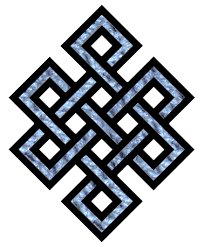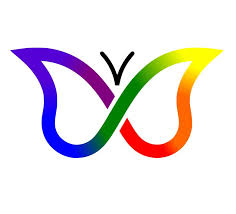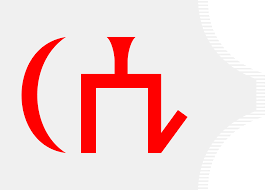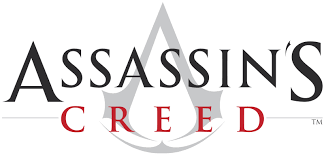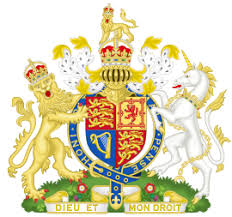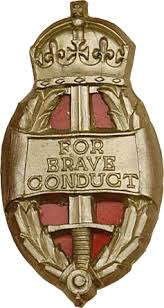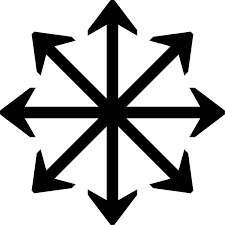
Courage symbol
| Symbol | Courage |
| Origin | The Courage symbol in Freemasonry has its roots in ancient teachings and rituals, reflecting the valor and bravery prized by various historical cultures and civilizations. |
| Meaning | Within Freemasonry, the Courage symbol embodies the virtue of fortitude, encouraging members to face challenges with bravery, resolve, and integrity. |
| Appearance | The Courage symbol may manifest in various forms, often depicted as a lion, a knight, or a sword, symbolizing strength, protection, and the readiness to defend principles. |
| Colors | Traditional colors associated with Courage symbols include red for passion and bravery, gold for honor and nobility, and black for solemnity and seriousness. |
| Usage | Courage symbols are prominently featured in Freemasonic rituals, ceremonies, and emblems, serving as reminders for members to uphold courage in their actions and decisions. |
| History | The concept of courage has deep historical significance within Freemasonry, reflecting the valor and bravery of its members throughout the ages, as they navigated challenges and upheld their principles. |
| Popularity | Courage symbols hold enduring significance within Freemasonry, resonating with members worldwide who aspire to embody courage in their personal and Masonic journeys. |
| Importance | Courage is considered a foundational virtue within Freemasonry, essential for personal growth, moral development, and the fulfillment of Masonic obligations. |
| Complexity | The concept of courage within Freemasonry is multifaceted, encompassing physical bravery, moral courage, and spiritual fortitude, reflecting the complexity of human nature and ethical responsibility. |
| Emotions | Courage symbols evoke feelings of strength, determination, and resilience, inspiring Freemasons to confront adversity with valor and integrity. |
Religious Symbols of Courage: Facing Fear with Faith
Across various religions, numerous symbols represent the virtue of courage, often intertwined with spiritual strength and fortitude. These symbols serve as reminders to face challenges with bravery, drawing upon faith and divine power.
Christianity:
- The Cross: Embodies Jesus’s ultimate sacrifice, demonstrating courage in the face of suffering.
- Lion: Represents boldness and leadership,often associated with biblical heroes like Daniel.
- Sword: Symbolizes spiritual warfare and the fight against evil, requiring courage and righteousness.
Judaism:
- Hamsa: An amulet shaped like a hand,warding off evil and offering protection,fostering courage in confronting negativity.
- Menorah: The seven-branched lampstand signifies enduring faith and the courage to uphold traditions.
- Star of David: Represents divine guidance and protection, instilling courage in overcoming adversity.
Buddhism:
- Lotus Flower: Emerges from muddy waters,symbolizing spiritual growth and the courage to overcome challenges.
- Tiger: Represents power, strength, and overcoming fear, associated with Buddhist protectors.
- Wheel of Dharma: Depicts the cycle of life and death, encouraging courage to navigate its challenges.
Islam:
- Kaaba: The cubical structure in Mecca symbolizes faith and unity, reminding Muslims of their courageous journey to pilgrimage.
- Zulfiqar: The Prophet Muhammad’s sword represents justice, defending faith, and fighting for righteous causes.
- Hand of Fatima: Symbolizes protection and patience, reminding Muslims to approach challenges with courage and trust in God.
Remember, these are just a few examples, and interpretations can vary within different religious traditions. Ultimately, the power of these symbols lies in their ability to inspire individuals to act with bravery and face challenges with faith as their guide.


